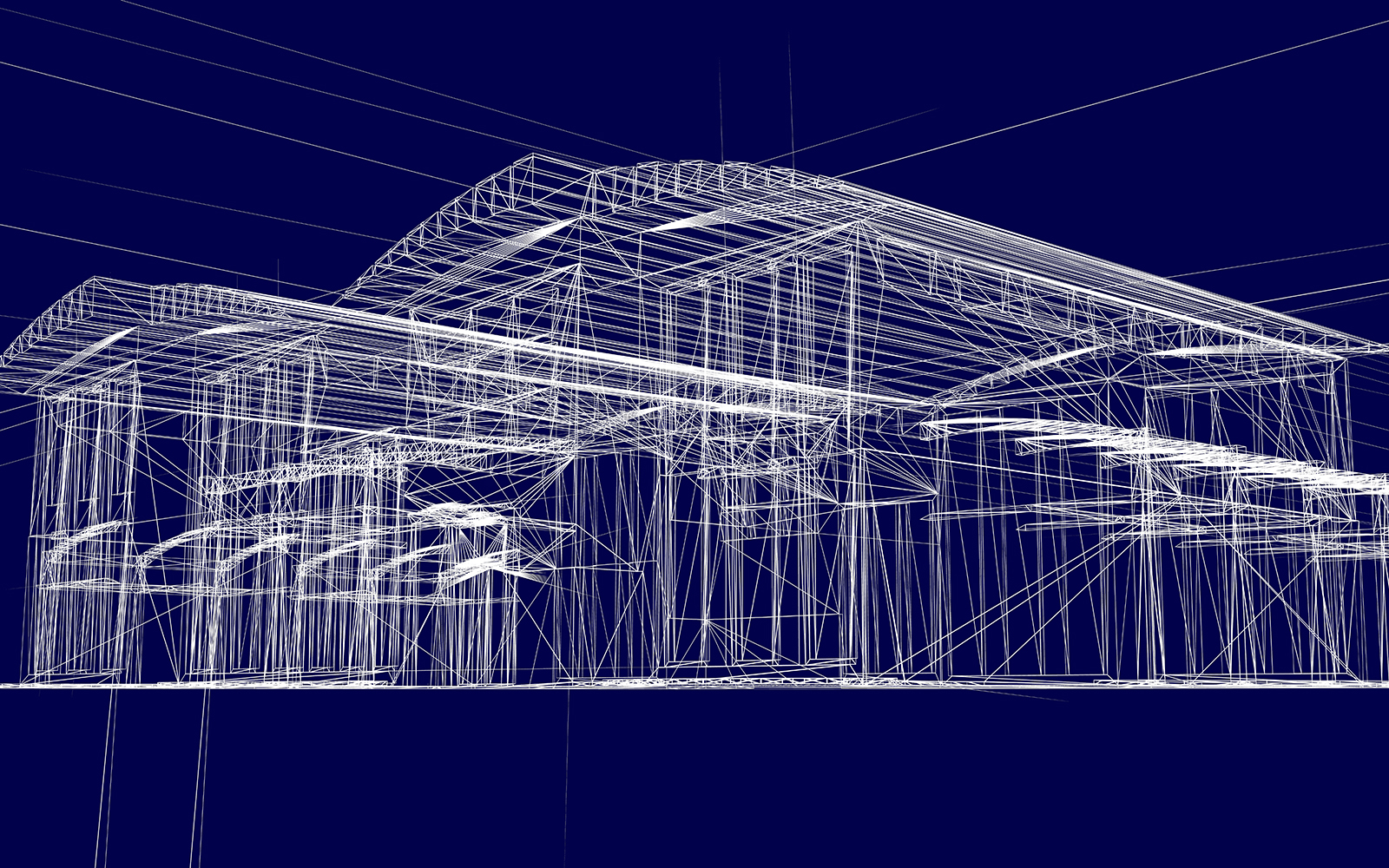How Whole Life Carbon Assessments transform industrial sustainability
In this episode of The Building Sustainably Podcast, host Emily McGee speaks with John Clayton, Senior Director at RPS, and Rachel Thompson, Sustainability Coordinator at RPS, to explore the role of whole life cycle carbon assessments (WLCAs) in reducing the carbon footprint of industrial buildings.
Episode overview
In this episode of The Building Sustainably Podcast, host Emily McGee welcomes John Clayton, Senior Director at RPS, and Rachel Thompson, Sustainability Coordinator at RPS, to explore the critical role of whole life cycle carbon assessments (WLCAs) in industrial buildings. They discuss how WLCAs provide a comprehensive view of both embodied and operational carbon over a building’s lifespan and emphasise their importance in achieving the UK's 2050 net zero target.
John and Rachel share insights into the carbon footprint of logistics and industrial facilities, key carbon contributors like concrete and steel, and the impact of industry standards like RICS on assessing and reporting carbon emissions. They highlight how early assessment, collaboration among stakeholders, and advancements in materials can significantly reduce carbon emissions across the building lifecycle.

Listen now
I think stakeholders across the industry, investors and users are increasingly looking for transparency and accountability in carbon management across the supply chain. So starting to use whole life carbon assessments starts to address that in terms of how we bring some transparency to carbon footprints of built assets.
John Clayton
Senior Director - Engineering
Key highlights
01:42 - 04:06 - Understanding Whole Life Cycle Carbon Assessments - At the top of the show John and Rachel explain the core concept of a whole life cycle carbon assessment (WLCA). John emphasizes how the logistics and transport industry contributes to 28% of the UK's total carbon emissions and how WLCAs can help reduce this. By evaluating the entire life cycle of a building – from design and construction to demolition – developers can make informed decisions that reduce both embodied and operational carbon emissions. Rachel adds that WLCAs are conducted multiple times during a project, allowing for continuous improvements to reduce carbon emissions at different design stages.
05:13 - 06:23 - The importance of industry standards for WLCA - Rachel goes on to discuss the key industry standard for WLCAs, which are the Royal Institute of Chartered Surveyors (RICS) guidelines. She highlights the unique robustness and reliability of the RICS standard, which was updated in 2023, and how it provides a consistent framework for assessing carbon across a building's life cycle. Rachel stresses that using the RICS standard ensures accurate and reliable carbon measurements, stating, "If it’s not RICS, it’s not a whole life assessment.”
13:05 - 14:53 - The role of engineers in reducing carbon - John highlights how engineers can significantly influence carbon reduction, particularly during the design phase of industrial buildings. He discusses the need to focus on material specifications, especially when considering a building's lifespan of 60 years. For instance, structures like pavements may need to be designed with a longer life span in mind. John also underscores the importance of considering the carbon impacts of structural elements subject to traffic loading or fatigue, as their durability directly affects maintenance needs and long-term carbon emissions.
18:20 - 20:18 - Adopting WLCAs as standard practice - John advocates for developers to adopt WLCAs on all projects, arguing that they provide transparency and accountability in carbon management across the supply chain. He emphasizes the importance of starting WLCAs early in the design process to influence decisions that reduce carbon from the outset. By assessing projects through their entire life cycle and collaborating with contractors to adopt sustainable materials, developers can contribute to the industry’s move toward net-zero emissions. He concludes that ongoing WLCA assessments after construction will improve accuracy and help refine future projects.














